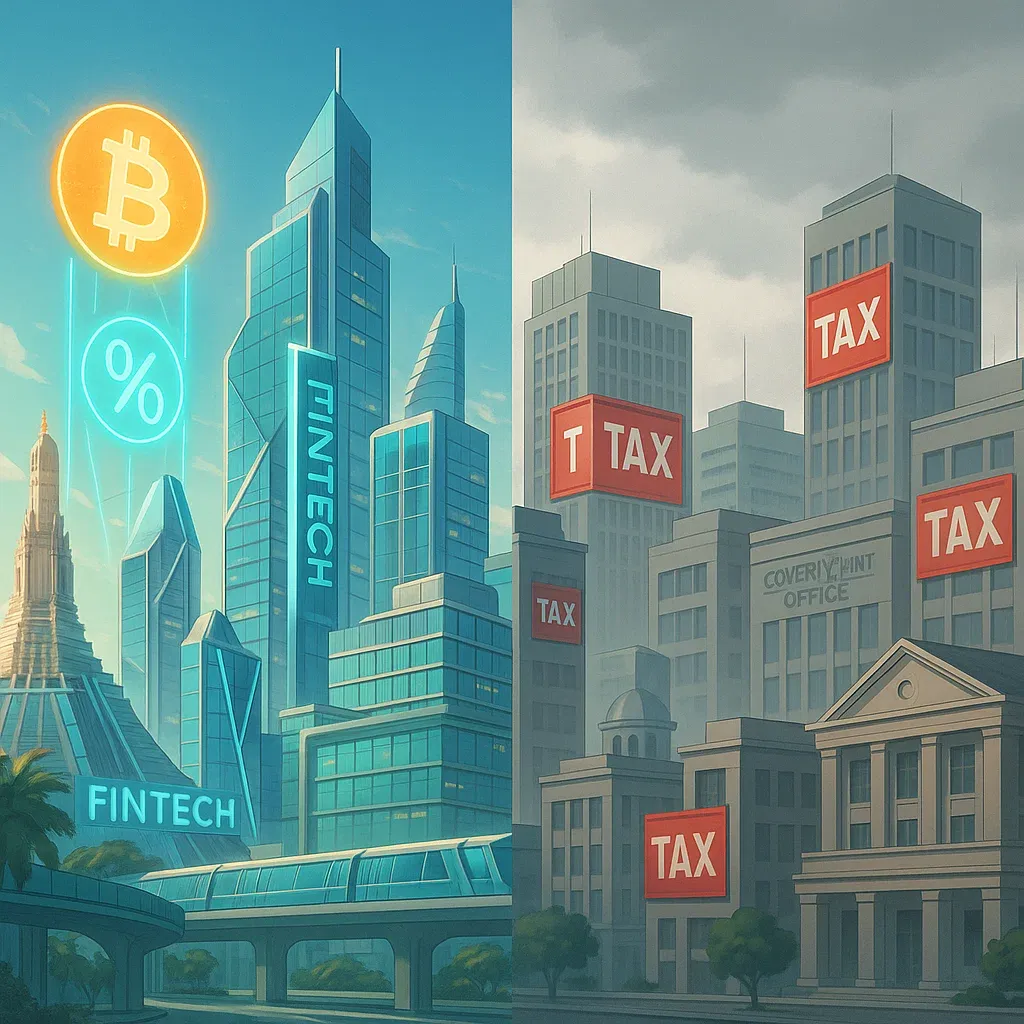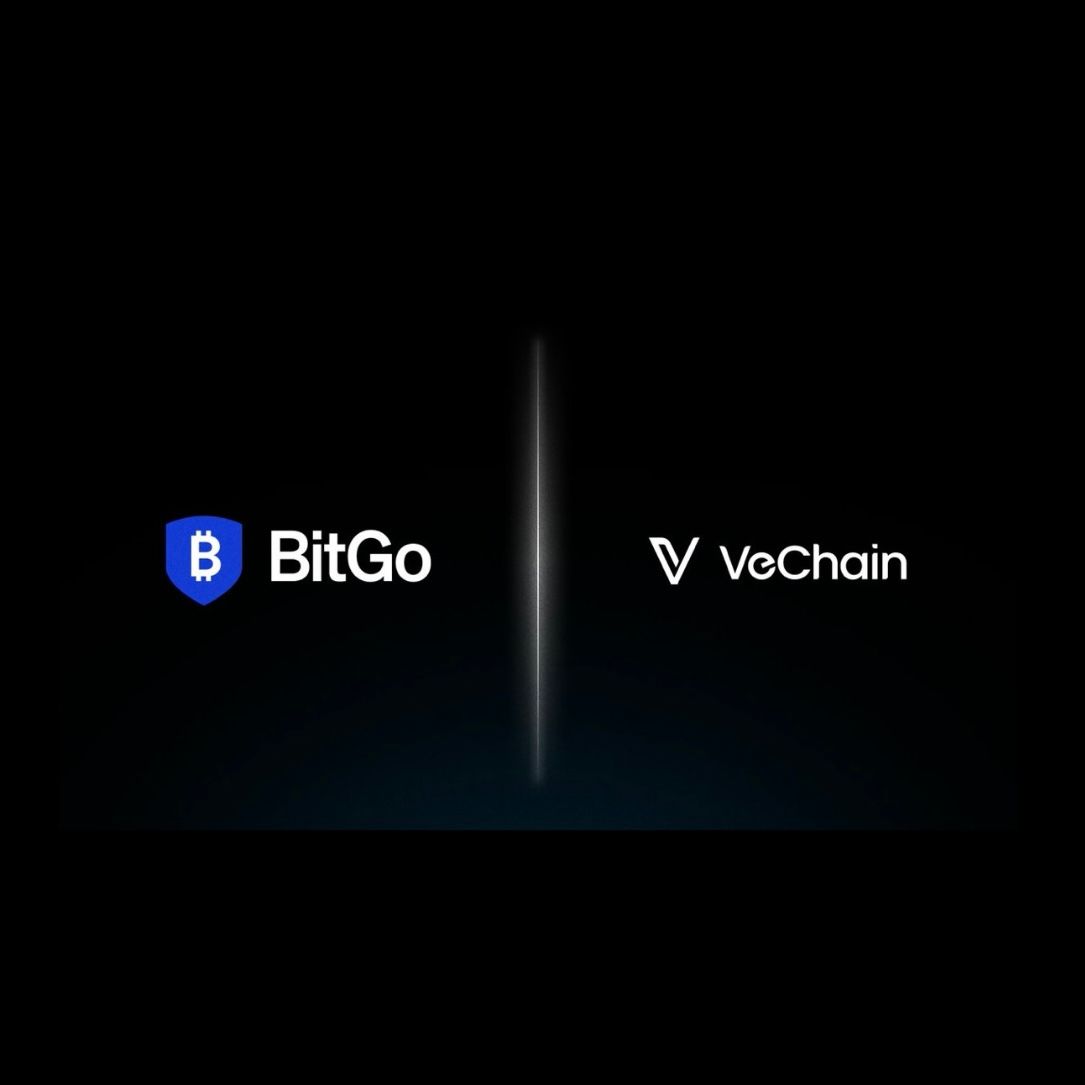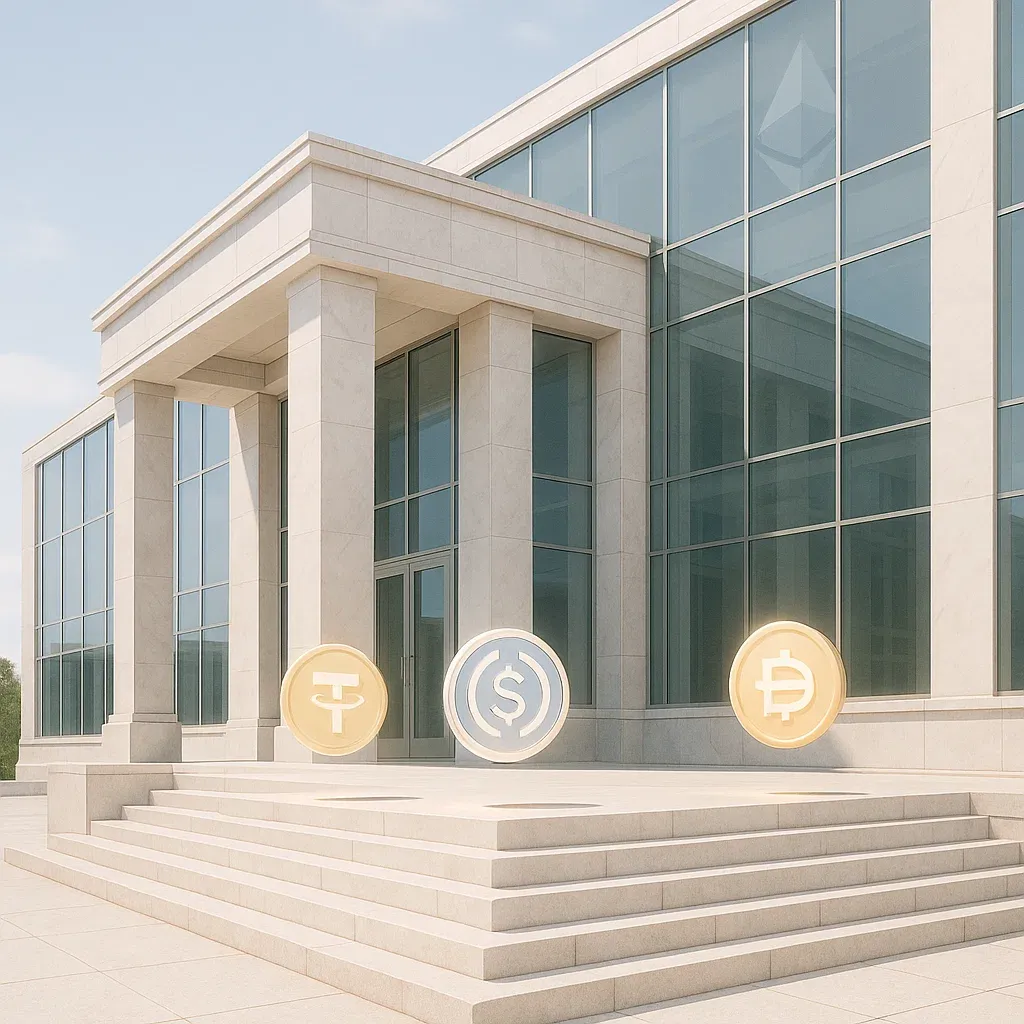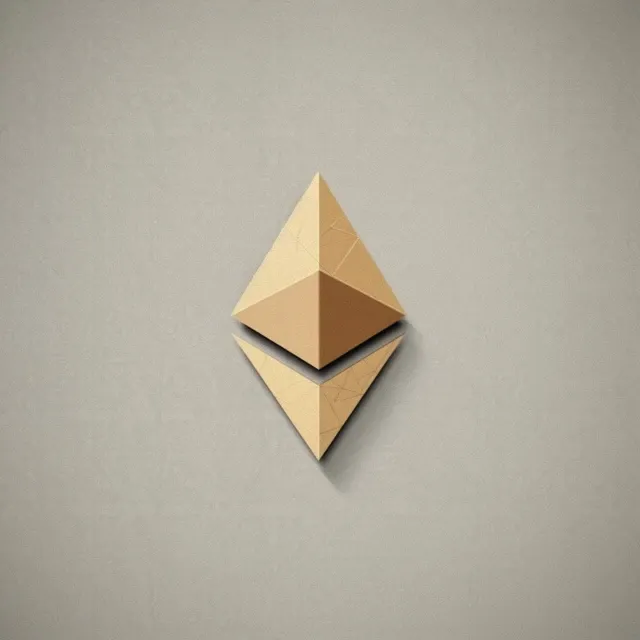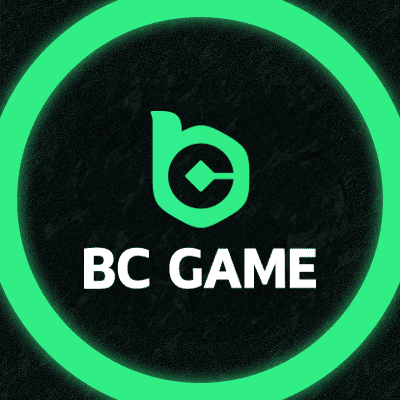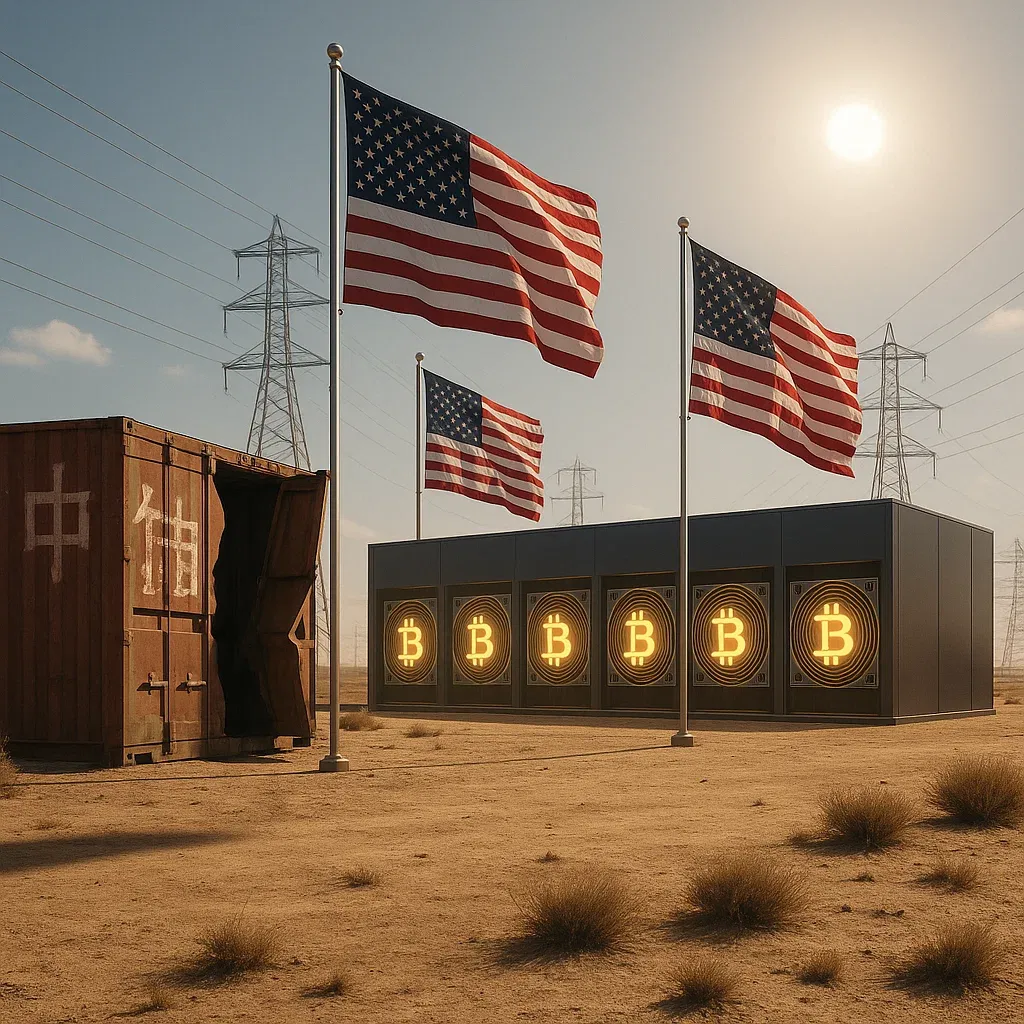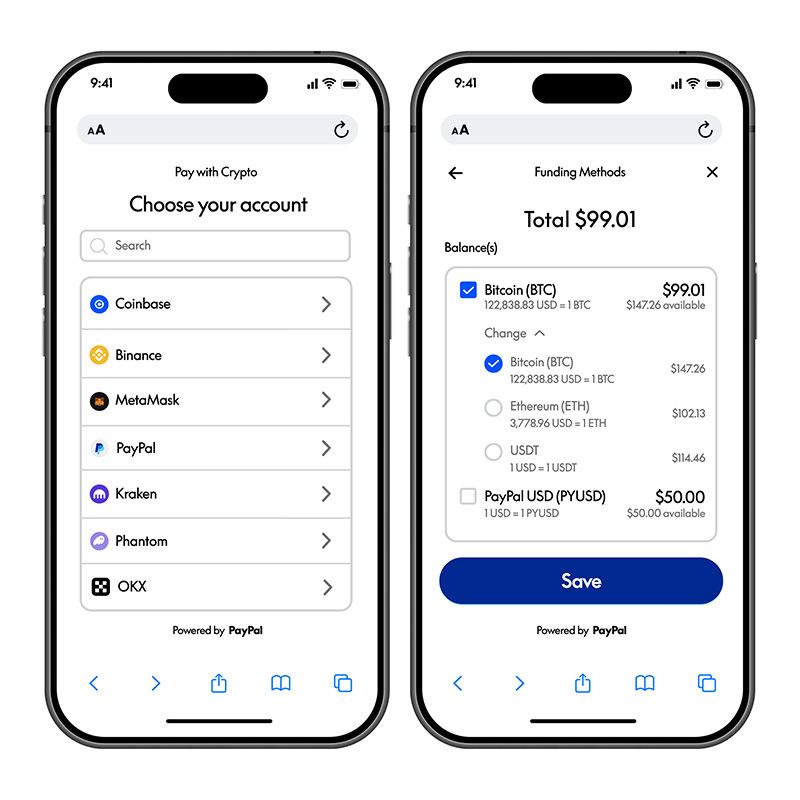Solana’s Meta Blockchain Proposal: The Future of Interchain Order — or Just a Pipe Dream?
🧠 A Meta Blockchain? Solana’s Bold New Vision
On May 12, Solana co-founder Anatoly Yakovenko floated a radical idea: a meta blockchain that synchronizes Ethereum, Celestia, and Solana into one unified transaction layer.
Not another Layer 1. Not a rollup. A rule-based aggregator that sequences transactions from different chains under one deterministic framework.
“Post data anywhere — Ethereum, Celestia, Solana — and merge it into a single ordering.” — Yakovenko on X
This wouldn’t just streamline blockchains. It could slash data availability (DA) costs and kill off centralized sequencers — if it works.
🔄 How It Works: The Meta Layer Blueprint
Yakovenko's idea is simple on paper, wild in execution. The meta blockchain would:
- 🧩 Aggregate block headers from multiple chains
- 🧠 Use a fixed merge rule to order all transactions
- ❌ Eliminate centralized sequencers entirely
- 💸 Dynamically choose the cheapest DA layer available
In theory, you could post a transaction on Solana, include recent headers from Ethereum and Celestia, and enjoy cheaper execution while still being synced to all three.
“The cooler version just reads all the chains,” Yakovenko said. “Users can send txs anywhere.”
🤝 EigenLayer’s Nudge — But Celestia Isn’t Convinced
Developers at EigenLayer, like Nader Dabit, quickly chimed in. They’ve been exploring similar DA aggregator concepts using EigenDA and Celestia. Dabit asked the obvious: “Could Solana itself be a DA layer?”
Yakovenko’s take? Cheap data availability is the real unlock. Get that right, and the rest of the stack becomes cheaper too.
But not everyone's buying it.
Nick White, co-founder of Celestia, pushed back hard:
“This concept’s been around. It sounds elegant, but in practice? It’s a coordination nightmare.”
He warned that rollups would need to run nodes for each DA layer and juggle competing fork-choice rules — a messy, costly reality.
⚙️ Why It Matters: Interop, Cost, and Centralization
If Yakovenko’s vision lands, it could change the game:
- 🔄 Interoperability across L1s and rollups — without bridges or wrappers
- 🔻 Lower on-chain costs by chasing the cheapest DA offer in real time
- 🛑 Reduced reliance on centralized sequencers, a current point of failure in many rollup systems
But this utopia comes with baggage. Coordinating across multiple chains, enforcing deterministic ordering, and syncing data in real time is no small feat.
🚨 TL;DR: Grand Idea, Massive Complexity
Yakovenko’s meta blockchain could redefine how chains talk to each other and optimize for cost — all while killing the sequencer middleman. But critics warn it’s too complex to scale and could cause more chaos than clarity.
The question now: is this a blueprint for Web3’s next evolution — or just multichain hopium?

Recent News
All Time High • Live
Have questions or want to collaborate? Reach us at: info@ath.live
